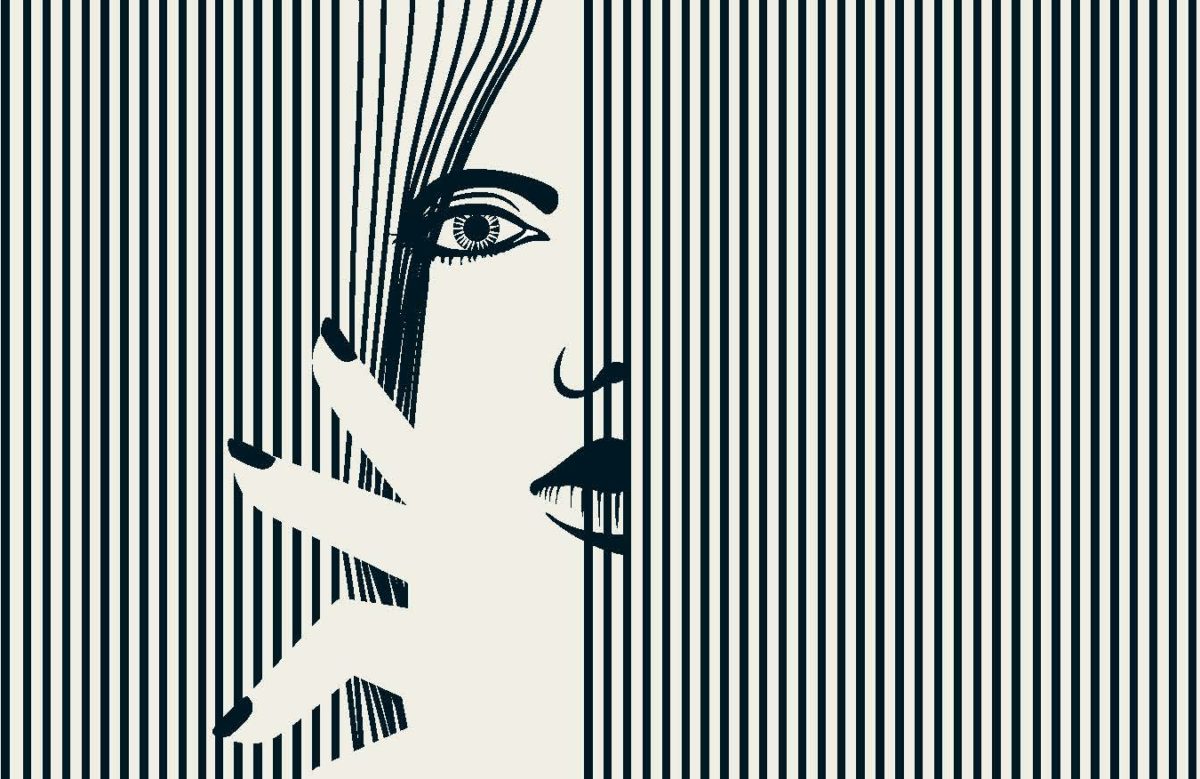Tina Korani
Assistant Professor of Media Design
School of Journalism and Mass Communications
San Jose State University
“Lines” is a project aiming to represent today’s society and the barriers that human beings are creating around themselves. This project explores human connections and separations, using the concept of dots and lines, in ways both literally and metaphorical. Through visual investigations, I will explain how these lines are developed and how the development of these lines affects our society, in good and bad ways.
I use fundamental visual elements such as dots and lines, to express an in-depth concept through a simple language. Through my exploration dots and lines are the basic foundation of our everyday life and environment – both literally and metaphorically.
Sometimes these lines bring people together and have a positive effect in our society and sometimes they divide people. These lines can be: culture, race, sex, language, and religion.
I investigated through searching for my aesthetic and visual language how and why human beings are developing these lines around themselves and what are the consequences and results of these lines in our lives.
My project is built around three different media: a silent video, 15 illustrations and a book.
This research was presented at the Design Incubation Colloquium 4.1: San Jose State on Saturday, Sept 30, 2017.
